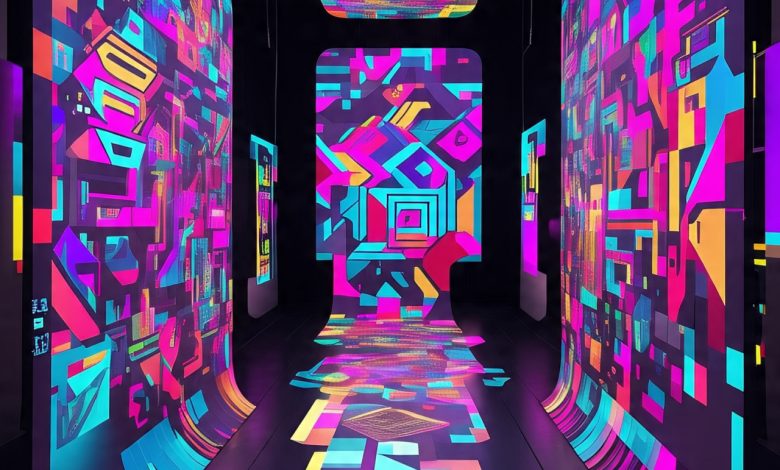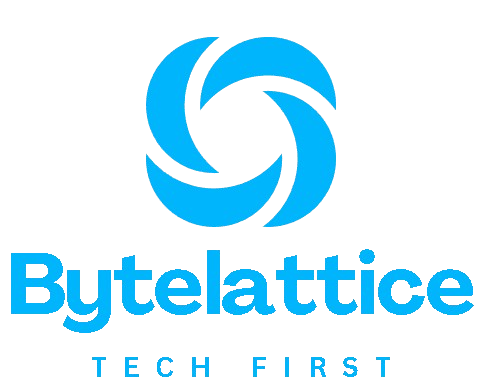
Alright, let’s be real for a second — if you’ve heard about people buying monkey pictures or pixel art for millions of dollars, your first thought was probably: “Wait, what? WHY?” You’re not alone. I had the exact same reaction. I mean, who’s out here spending house-money on digital images you can literally screenshot?
Well, that’s where the crazy world of NFTs comes in. And don’t worry, I’m going to break it down for you without any tech-jargon mumbo jumbo. Just you and me, talking this through like we would over a late-night chat or a casual scroll through Twitter.
First things first – What even is an NFT?
Okay, let’s start at the basics.
NFT stands for Non-Fungible Token. Yeah, sounds complicated, I know. But think of it like this: something that is “fungible” is interchangeable. Like, a 100-dollar bill can be swapped with another 100-dollar bill. No difference.
Now “non-fungible” means the opposite — something unique, something you can’t just trade for another because there’s no exact copy. Imagine owning a one-of-a-kind baseball card or an original painting. That’s non-fungible.
So, an NFT is basically a digital certificate that says: “Hey! You own this original piece of digital content.” Whether it’s a digital painting, music, video clip, or even a meme — NFTs are like the proof of ownership. And this proof is stored securely on something called a blockchain (kind of like a digital ledger that everyone can see but no one can tamper with).
But wait… can’t anyone just copy the image?
I totally get why this seems silly. You’re like, “I can right-click, save as, boom — I got the same image!”
And you’re right… visually you’ve got the same thing. But here’s the kicker: only one person has the actual ownership verified on the blockchain. It’s like everyone can take a photo of the Mona Lisa, but only one museum actually owns the real thing.
We’re talking about digital bragging rights here. It’s ownership in a virtual world. And believe it or not, for some people — that means everything.
So, why are people paying millions?
Ah yes, the million-dollar question (literally).
Here’s the thing — we humans are weird. We love collecting stuff. Sports cards, stamps, shoes, vintage cars — we’ve always had this drive to own rare things. NFTs are just the digital version of that urge.
Some folks buy NFTs because:
-
They believe it’ll increase in value later (investment vibes).
-
They support the artist or creator.
-
They want to flex online. (Yes, digital flexing is a thing now.)
And then there’s the hype factor. Like any new trend, people jump in hoping they’re early and can strike gold. Remember when Bitcoin sounded nuts to most people? Same story.
Are NFTs only for digital art?
Nope, not at all. That’s the fun part.
NFTs have expanded into:
-
Music – Artists selling albums or exclusive songs.
-
Virtual real estate – Yes, people are buying land in digital worlds like Decentraland.
-
Gaming items – Think special skins or characters you can trade or sell.
-
Tickets – Some events use NFTs as digital passes.
We’re still in the early days, so honestly, I think we’ll see way more uses popping up. Maybe even your college degree will be an NFT someday. Wild, right?
Are NFTs a scam or a real thing?
Okay, this one gets tricky.
NFTs as a concept are very real. They’re built on solid tech, and they do solve a genuine problem: verifying ownership of digital stuff.
BUT — the current NFT space? It’s got a lot of sketchy things going on. Rug pulls, overpriced art, people selling random junk just to ride the trend… yeah, it’s a bit of a digital Wild West right now.
So, if you’re thinking of jumping in — do your homework. Don’t just buy because someone on Instagram said it’s the “next big thing.”
Will NFTs change the future or just fade away?
Honestly? I think NFTs are here to stay, but probably not in the wild, meme-filled way we’ve seen recently.
Right now, it’s a lot of speculation and hype. But long-term? The tech behind NFTs could be game-changing. Imagine a world where:
-
Musicians don’t need record labels — they just drop NFTs and connect with fans directly.
-
You sell your in-game sword in a virtual marketplace and actually make real money.
-
You rent out your digital artwork or virtual clothing just like you’d lease out a car.
Pretty crazy possibilities, huh?
My final thoughts (just you and me here)
Listen, you don’t need to buy an NFT to understand what’s going on. Honestly, I haven’t bought one either. But I totally get why people are fascinated.
It’s a mix of tech, art, money, ego, creativity, and a sprinkle of chaos — and somehow it all works.
Whether NFTs boom or bust, they’ve already changed how we look at ownership in a digital world. And that’s kind of amazing, don’t you think?
FAQs About NFTs
1. Can I create my own NFT?
Yes! There are platforms like OpenSea, Rarible, and Mintable where you can mint (create) your own NFTs. You’ll need a digital wallet and a bit of cryptocurrency (usually Ethereum) to get started.
2. Are NFTs safe to invest in?
Well… they’re risky. Some people make big profits, others lose money. Just like with stocks or crypto, only invest what you’re okay with losing — and definitely do your research.
3. Why do celebrities buy or promote NFTs?
Some genuinely believe in the tech or want to support digital creators. Others might be in it for profit or branding. Let’s just say not every celebrity endorsement means it’s a good deal.
4. What’s the most expensive NFT ever sold?
As of now, Beeple’s digital artwork “Everydays: The First 5000 Days” sold for a whopping $69 million. Yup, you read that right.
5. Do I need to be tech-savvy to get into NFTs?
Not really! If you can handle setting up a digital wallet (like MetaMask) and browsing a site like Amazon, you’re good to go. There are loads of tutorials out there to help you, too.
